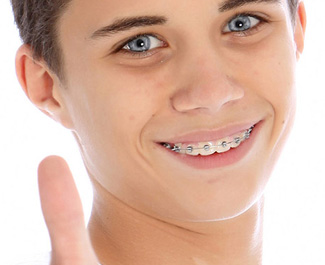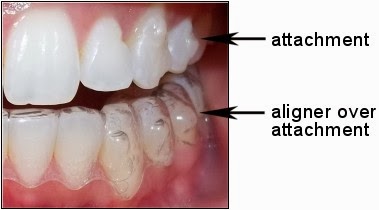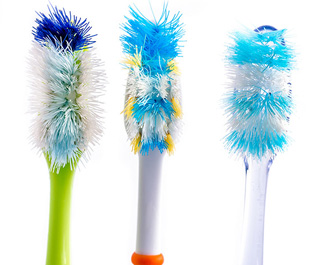Braces Care!
August 2nd, 2019

When you’re at home, it’s easy to care for your braces and teeth: You have the luxury of time and the proper tools at your disposal. However, if you’re like most of our patients, you spend the majority of your day away from home at school or at work. Then you may find that proper braces care can be a hassle.
Keeping your teeth clean while you have braces is one of the most important facets of your treatment, because you don't want anything to cause any delay of your treatment progress. Brushing and flossing are super important.
To help make your orthodontic experience as convenient as possible, we’ve put together a list of helpful tips about caring for your braces while you’re at school or work.
Come Prepared
Put together a “to-go” kit that contains all the oral healthcare items you’ll need throughout the day. Pack a toothbrush, floss, wax, retainer case (if needed), a mirror, a small cup for rinsing, a small bottle of water (if water might not be readily available), and some brace relief.
Use Your Time Wisely
Take advantage of breaks and the lunch hour to give your braces and teeth a once over. Make sure you don’t have any food debris caught in your braces, and take the time to brush and floss. If you’ve just had your braces adjusted, you may feel some soreness. This is where the wax you packed will come in handy.
Eat the Right Food
You can prevent any possible mishaps or breakages with your braces by steering clear of foods that are sticky, chewy, and crunchy. Gum, candy, popcorn, hard chips, apples that aren’t cut into bite-sized pieces, nuts, beef jerky, and ice fall into this category.
Choose a Removable Option
If you know before you begin orthodontic treatment that your schedule will be hectic, think about trying a removable option. Clear aligners are just as effective as braces for most teeth-straightening needs, and they can be removed while you’re eating, brushing, and flossing.
If you follow these tips and stay on your oral health routine at home, you’ll be maximizing the effectiveness of your orthodontic treatment but also keeping it as hassle-free as possible.


 You are probably aware that brushing your teeth is one of the most important things you can do to maintain your oral health. But have you ever considered whether you’re brushing your teeth correctly? Here are some tips to make your brushing routine as effective and safe as possible:
You are probably aware that brushing your teeth is one of the most important things you can do to maintain your oral health. But have you ever considered whether you’re brushing your teeth correctly? Here are some tips to make your brushing routine as effective and safe as possible:










 Website Powered by Sesame 24-7™
Website Powered by Sesame 24-7™